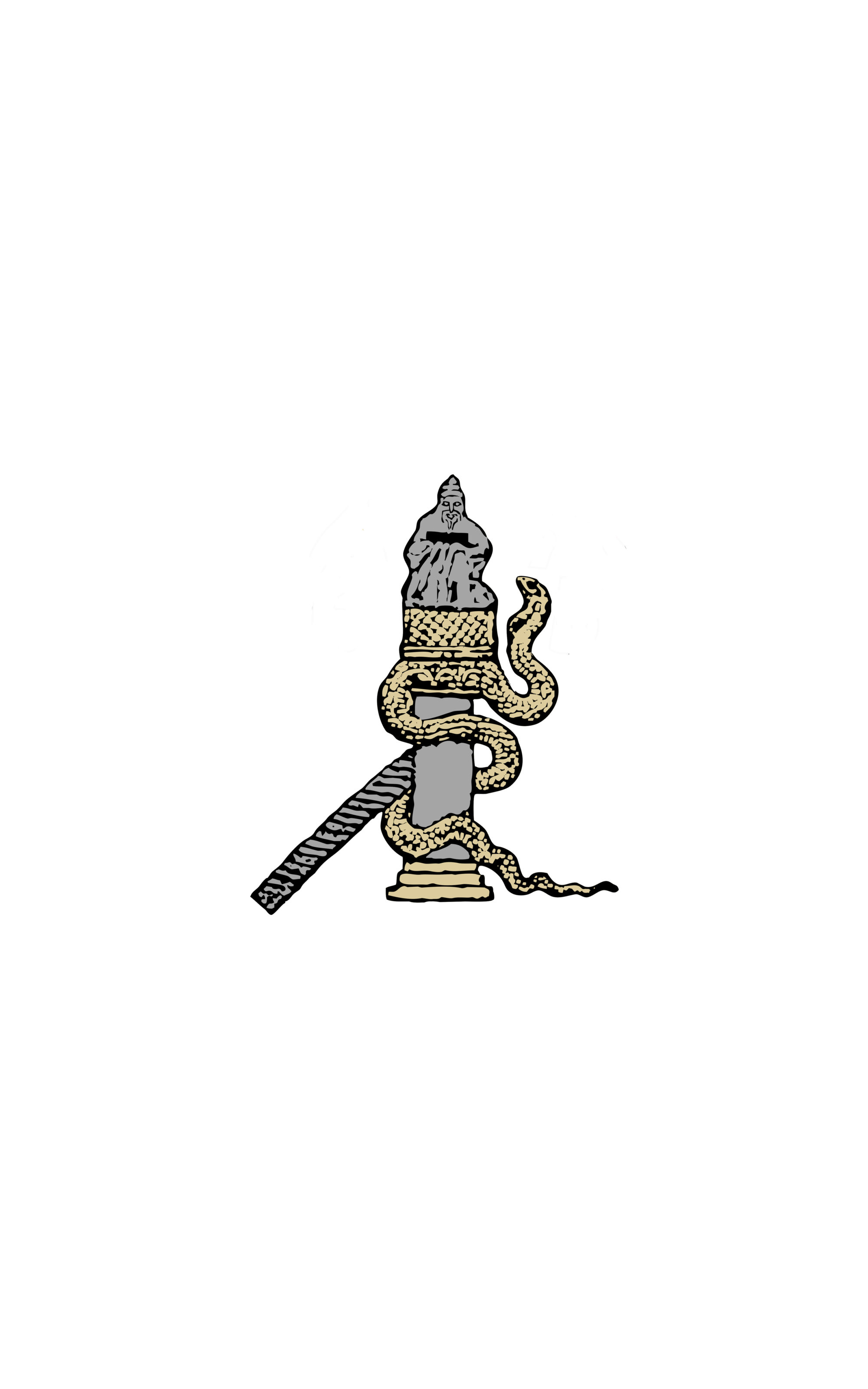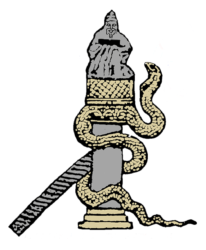Conférences IMAGO-EIKΩN « Histoires chrétiennes en images » – le 31 mai et le 21 juin 2018

Dans le cadre du programme de recherche Imago-Eikon. Regards croisés sur l’image chrétienne médiévale entre Orient et Occident, vous êtes cordialement convié-e-s à deux demi-journées de conférences et débats autour du thème : Histoires chrétiennes en images : espace, temps et structure de la narration.
Les jeudis 31 mai et 21 juin 2018, de 14h à 18h.
Institut National d’Histoire de l’Art, 2 rue Vivienne, 75002 Paris, salle Vasari (entrée libre)
Organisation scientifique :
Sulamith Brodbeck, Anne-Orange Poilpré, Isabelle Marchesin et Ioanna Rapti.
• Jeudi 31 mai 2018
« Les temporalités de l’image : mobilité de la narration, fixité de l’image »
– Francesca Dell’ Acqua (Università di Salerno), Telling the Incarnation during Byzantine Iconoclasm
– Pierre-Yves le Pogam (Musée du Louvre), Le langage des retables à la fin du Moyen Âge : séquençage et mise en page
– Liz James (University of Sussex), Narrative and the Wall Mosaic: Telling a Story or Filling the Wall?
Répondant : Jean-Marie Guillouët (Université de Nantes)
• Jeudi 21 juin 2018
« Les temporalités de l’image : construction et déploiement du récit dans l’espace »
– Ivan Foletti (Université de Brno), Quand l’histoire devient prétexte : les cycles narratifs de Rome au Ve siècle
– Sébastien Douchet (Université Aix-Marseille), Narratologies du texte et de l’image : faire le récit de la création du monde
– Mary Cunningham (University of Nottingham), The Portrayal of Joachim and Anna in Byzantine Texts and Images: An Intersection of Historical and Liturgical Time
Répondant : Jannic Durand (Musée du Louvre)
Programme ici.

